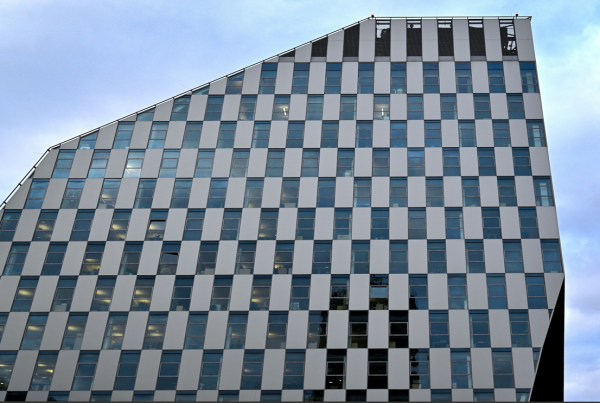Other than the usual clean energy sources which are solar and wind, engineers are also looking into other ingenious ways to supply and supplement power to green buildings. One such source that can be tapped is our own bodily motion.
In science, the Law of Conservation of Energy states that energy is neither created nor destroyed; it is merely redirected and transformed. The food we eat (chemical energy) is where we derive our energy when we move around (kinetic energy). For decades, people have been trying to harness human power—there’s even a unit of measurement proposed for that: hup.
Problem is the human body doesn’t efficiently convert food into useful work. Much of that energy is lost as heat. Still, if we’re going to move around anyway, we might as well squeeze out whatever energy we can from our day to day activities.
Pedal Power and Footsteps with a Purpose
As far back in 2008, there was already a sustainable dance floor which harness kinetic energy from… well, footfalls of people dancing. In 2010, a hotel in Denmark installed electricity-generating stationary bikes for guests to pedal in exchange for a free meal. Last year, UK company Pavegen launched its carpet tiles which harvests energy from footsteps. New York is planning on enlisting volunteers who will lend pedal power to its Citi Bikes to send electricity back to the grid.
The goal here obviously is to install these power-generating machines where there are lots of foot traffic such as malls, office hallways, school corridors, pedestrian lanes, concert grounds, rail stations, etc., or in places where people are already active to begin with—like a running track, gym, or a nightclub.
Other establishments have a different tack on pedal power. A prison in Arizona started its Pedal Vision program in 2010—inmates who want to watch TV must ride a stationary bike to power it.
How Sustainable?
On the surface the concept of power-generating bikes looks tidy, but how sustainable is it really? One tech website casts doubt on it, arguing that outfitted stationary bikes and batteries are inefficient, resulting in much energy loss in the process. Getting a new dedicated bike and battery is out of the question since the embodied energy in manufacturing them would just defeat the purpose. But if you really must, a nicely modded pedal generator is significantly more efficient than an outfitted bike.
And you have to take into consideration too that the energy used to pedal a bike had to come from somewhere, specifically food, which had embodied energy as well. For a fraction of energy it can produce, pedalling on a bike might not be so cost-effective after all.
So if they can’t be relied on to power an entire building, what are those bikes good for aside from the benefits of exercise? At best, they can be for illustrative purposes. Alex Randall of the Centre for Alternative Technology said in an interview by the Guardian,
“As a lesson, and a means of public engagement, it’s excellent – if you sit someone on a bike, pedalling hard, and show them they are only generating enough to power one lightbulb or TV, [th]is makes them appreciate how difficult energy is to produce, and therefore why we should be careful not to waste it.”
As for Pavegen’s carpet tiles, promising as they may look, their high cost can be prohibitive for some. Hopefully, we’ll see more efficient iterations of these energy-harvesting products in the future.
What We Can Do
Powering a building the greenest way possible has less to do with finding clean renewable sources than making the most of whatever energy is already available.
No fancy gadgetry is needed. Strategic siting and orientation of a building, efficient design, good insulation, window and skylight placement, passive heating and cooling, use of Energy Star-certified appliances—all these can significantly reduce a building’s power consumption.
Finally, considering our heavy dependence on the glowing screens of our smartphones, tablets, and other gadgets, we as individuals could use some cutting back on energy use too.












